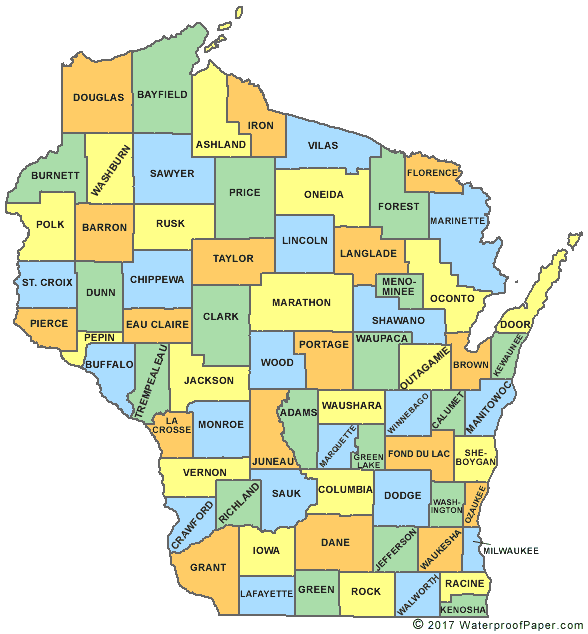A new article on Quartz says "The US Startup is Disappearing." The article quotes freely from a report from the Brookings Institute about "The state of competition and dynamism: Facts about concentration, start-ups, and related policies." The basic gist is that there are, objectively, fewer startups (companies between 0 and 2 years old) in the economy than there ever have been and that fewer people work for startups than ever. Consolidation is rampant across all industries, and the government is not as active in preventing mergers where it would result in high industry concentration (i.e., fewer than 5 firms). Entrepreneurship is down across the board, especially amongst those with college degrees. According to Brookings, the three policy factors most likely playing a part:
- State subsidies to private businesses have tripled since 1990
- Occupational licensing decreases worker mobility
- Licensure is especially impacting the health care industry
In other words, not only have states been enacting barriers to entry, principally in the form of licensure requirements, they have been financially supporting entrenched firms at the expense of new entrants. As a result, consolidation across virtually every industry has created competitive barriers for new market entrants.
 The good news is that we are currently in a market with low unemployment. Indeed, as of August 2019, the state-wide unemployment rate is a mere 3.1%. But, the story isn't as clear cut as all that. Sure, Dane County has unemployment at 2.5% (indeed most of South-Central and South-Western Wisconsin are doing pretty well), but Northern Wisconsin particularly, and South-Eastern Wisconsin aren't exactly doing as well. Menominee County's (largely a Native American reservation) unemployment rate is over 13%, indeed, the counties doing the worst are all in Northern Wisconsin. Below are all of the counties in Wisconsin with Unemployment at or above 4%:
The good news is that we are currently in a market with low unemployment. Indeed, as of August 2019, the state-wide unemployment rate is a mere 3.1%. But, the story isn't as clear cut as all that. Sure, Dane County has unemployment at 2.5% (indeed most of South-Central and South-Western Wisconsin are doing pretty well), but Northern Wisconsin particularly, and South-Eastern Wisconsin aren't exactly doing as well. Menominee County's (largely a Native American reservation) unemployment rate is over 13%, indeed, the counties doing the worst are all in Northern Wisconsin. Below are all of the counties in Wisconsin with Unemployment at or above 4%:| County | Unemployment Rate |
|---|---|
| Menominee | 13.4% |
| Iron | 5.9% |
| Bayfield | 4.9% |
| Marinette | 4.8% |
| Ashland | 4.8% |
| Forest | 4.6% |
| Burnett | 4.6% |
| Adams | 4.5% |
| Milwaukee | 4.4% |
| Rusk | 4.3% |
| Racine | 4.3% |
| Sawyer | 4.2% |
| Kenosha | 4.2% |
| Florence | 4.0% |
| Douglas | 4.0% |
These unemployment numbers account for approximately 33,000 people. Of course, about 29,000 of that is the Milwaukee area (including Racine and Kenosha). Removing the Milwaukee market, leaves almost 4,700 people unemployed where the workforce is still about 100,000 people. And, we're currently in a very good economy. If you look at the same counties in the depth of a recession, you'll find that Dane County continues to hold up well and Milwaukee retains approximately the same level of joblessness (implying that Milwaukee area unemployment may be more systemic and related to factors other than the health of the economy.
But, rural Wisconsin does not fare well at all. The counties listed above all had unemployment rates above 10% in April of 2010. And that was before Wisconsin had a record number of farm closures. Over the past 10 years the number of dairy herds in Wisconsin has dropped from more than 13,000 to less than 7,600; a drop of over 40%. Since 2015 more than 2,500 Wisconsin dairy farms have gone out of business. In 2019, Wisconsin leads the nation in farm bankruptcies (pdf) by a fairly significant margin.
All of which is to say that even if the dairy industry somehow bounces back, Wisconsin's dairy industry is unlikely to come back with it. Wisconsin's farming industry was largely comprised of small family farms, not the large concentrated animal feeding operations ("CAFO") that predominate in other agricultural areas. So even if some of the bankruptcies and "closures" were absorbed into consolidated farming operations, it's unlikely that these larger farms will actually grow proportionately with the industry - CAFOs employ fewer people than family farms, up to 80% fewer people for equivalent output in small dairy operations. Even when they do hire, CAFOs rely on low-skill, largely immigrant workers.
Startup rates are declining, largely due to policies that encourage entrenched companies and encourage consolidation. Wisconsin's rural economy is hard-hit by this trend, particularly in the dairy industry. While we are currently in a fairly decent economy, predictions of a downturn are starting to manifest as the yield curve inverts and the trade war continues to drag on. While the good news is that we are not currently behind the 8 ball, now might be a pretty good opportunity to start looking at policy options for preventing bigger problems in rural Wisconsin if and when the downturn comes. One hypothesis that we will be testing at the L&E Clinic is that support for entrepreneurship in the non-farm economies of rural Wisconsin can and will have a particularly large impact in mitigating unemployment.


No comments:
Post a Comment